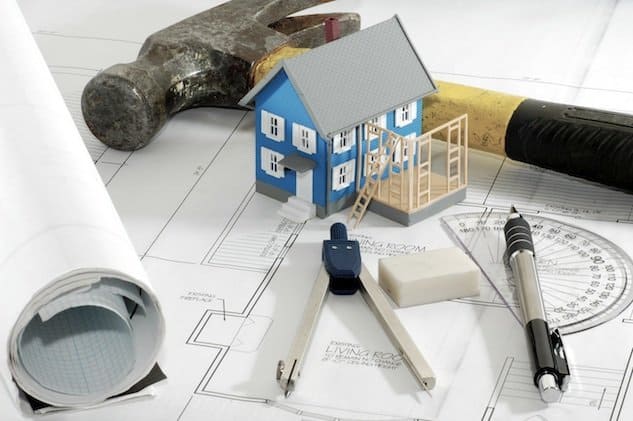
Home renovation loans can be very tricky and difficult if you do not understand its intricacies before securing one.
Reviews from Collected.Reviews show that you might be calling for bigger problems if you do not understand home renovation loans, but when you have a perfect understanding of the concept and how it works, it surely represents a great option.
Home renovation loans like its name are used for renovating homes. When someone wants to renovate or repair a home, the cost might be so outrageous and huge, but a loan can ease the pressure. Securing a loan for renovations requires a certain amount of equity in the home. This is true for most of the home improvement loans except for personal loans.
In this article, we’d talk about them and how you can secure one. But before then, here are the different kinds of home improvement loans:
1. Home Equity Loan
Home equity loans help you finance big home projects. In this type of loan, your home is used as collateral for payment. Although, this loan is fascinating and gives you a very low interest rate, the creditors have the right to claim your home if you do not meet up with payment terms.
2. Cash-out Refinancing
This type of loan allows you to refinance mortgage for a higher amount with adjustable loan terms. Unlike some lenders that decide the kind of renovation in your home, the cash out refinancing allows you to spend the cash you are given on any type of renovation. This loan is secured with your home and your house can be withdrawn from you if delayed.
3. Personal Loans
Personal loans are always referred to as renovation loans. Generally speaking, personal loans are the most widely used because of its many peculiarities. Some of its benefits include the ease at which it can be accessed as well as its high flexibility. You can always get this loan from the bank, an online lender or a credit union. Personal loans are unsecured, that is, it does not require that your home or any asset is used as collateral.
4. FHA 203(K) Rehab Loans
This is a new type of loan that is backed up by the government to purchase and improve your home. Most lenders do not grant you a loan to purchase as well as renovate the home, but this loan does. The mortgage rates are low and this loan is good to finance huge home projects.
What might seem inconsequential but factual is how to get a loan. There are pros and cons you need to note to help you select the best loan for your project. However, here are a few tips to help you:
- Only refinance your home when the cost of renovating is lower than the current worth of the house.
- Know that the type of loan depends on the type of project you want to do. If it’s a very huge project, you should be aiming at loans that have a wide payment period and low interest rate like the cash refinancing and home equity loan.
- Some loans may demand additional fees apart from the interest rates. So, choose wisely the one that you can afford.
- Don’t renovate your home casually unless you want to increase the worth of the home at a later time. Renovating your home for luxury is not too cool if you know your credit card and mortgage won’t cover it.
- Before opting out for loans, estimate the cost of the project i.e. cost of supplies, cost of labor etc.
- Sign up for loans when you want to increase the home’s worth and reduce long-term costs.
Essentially, it is important that you estimate the cost of your project or get the help of a loan advisor before signing up for loans.